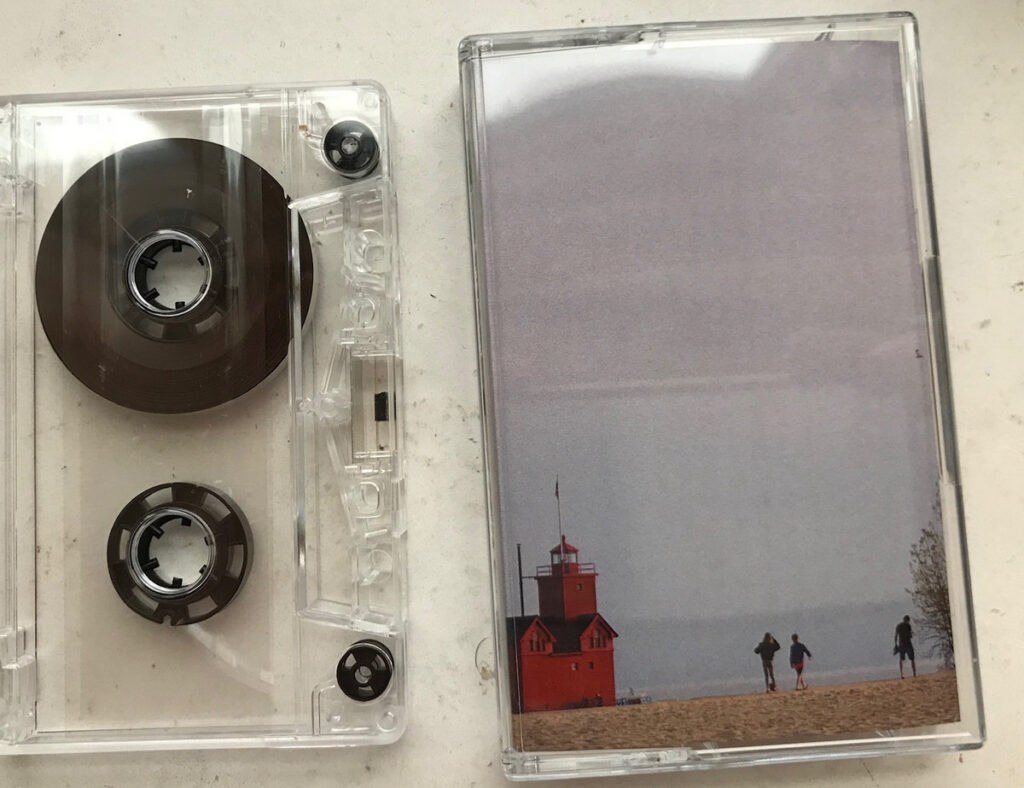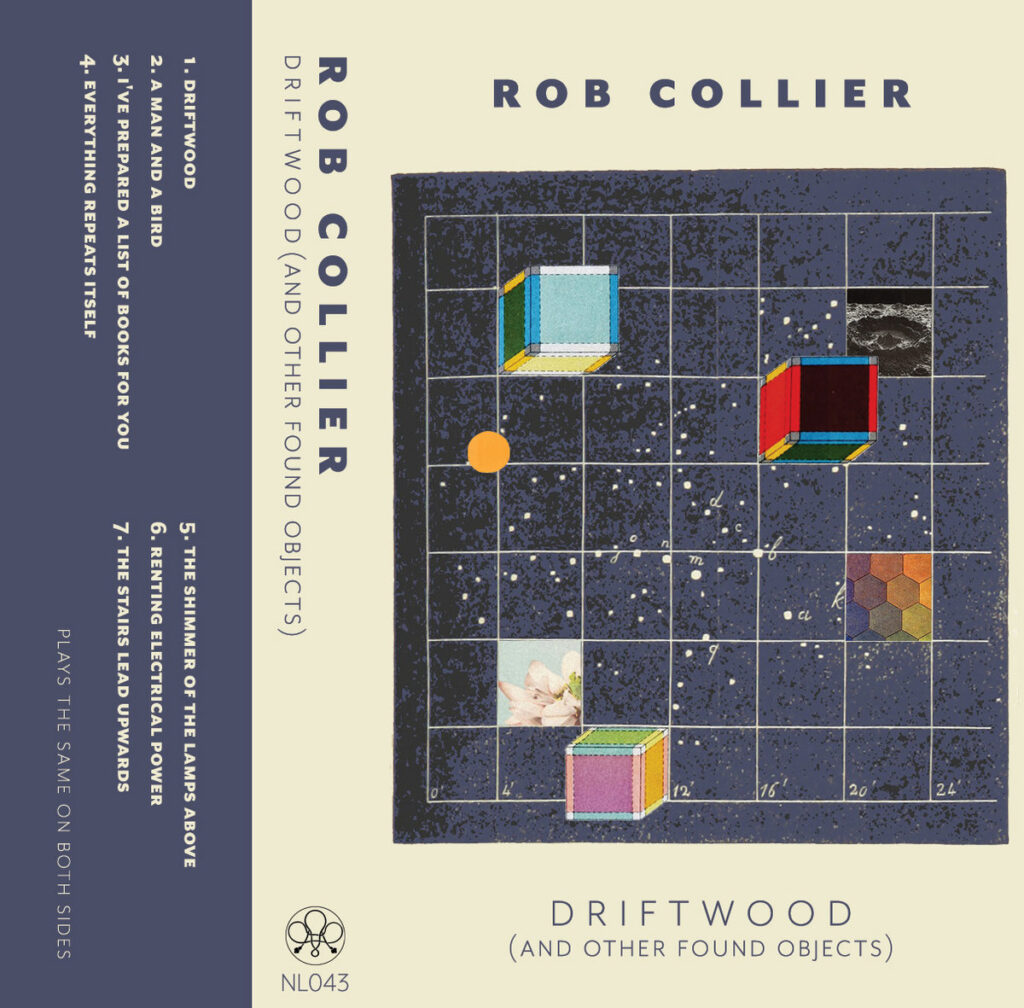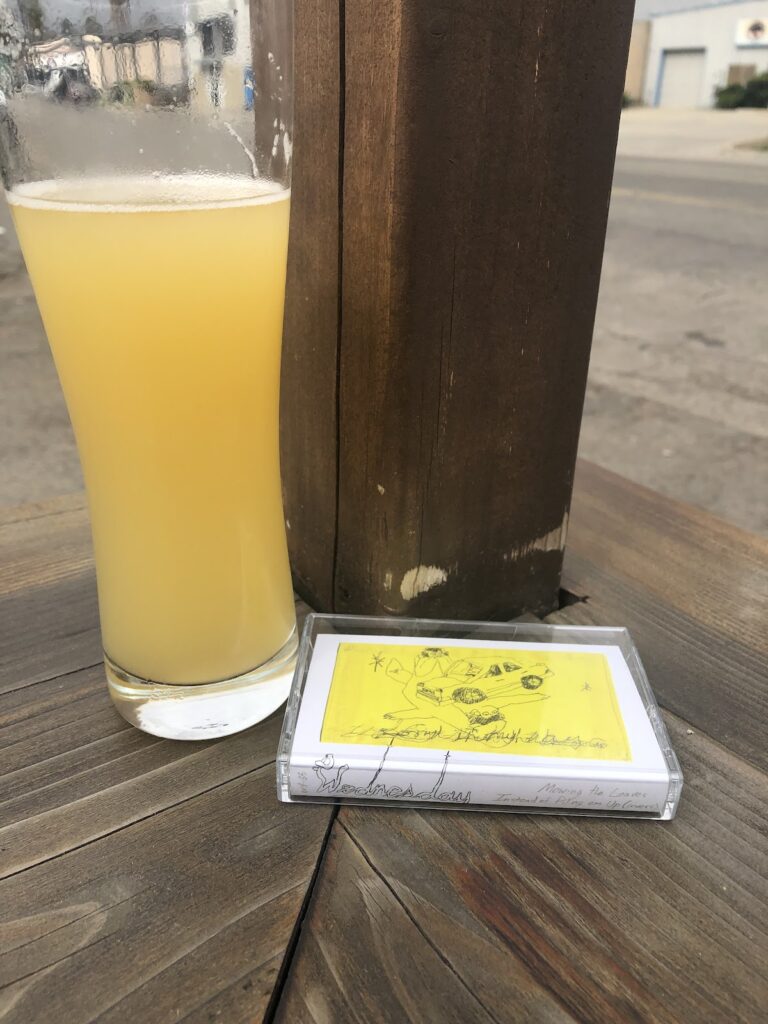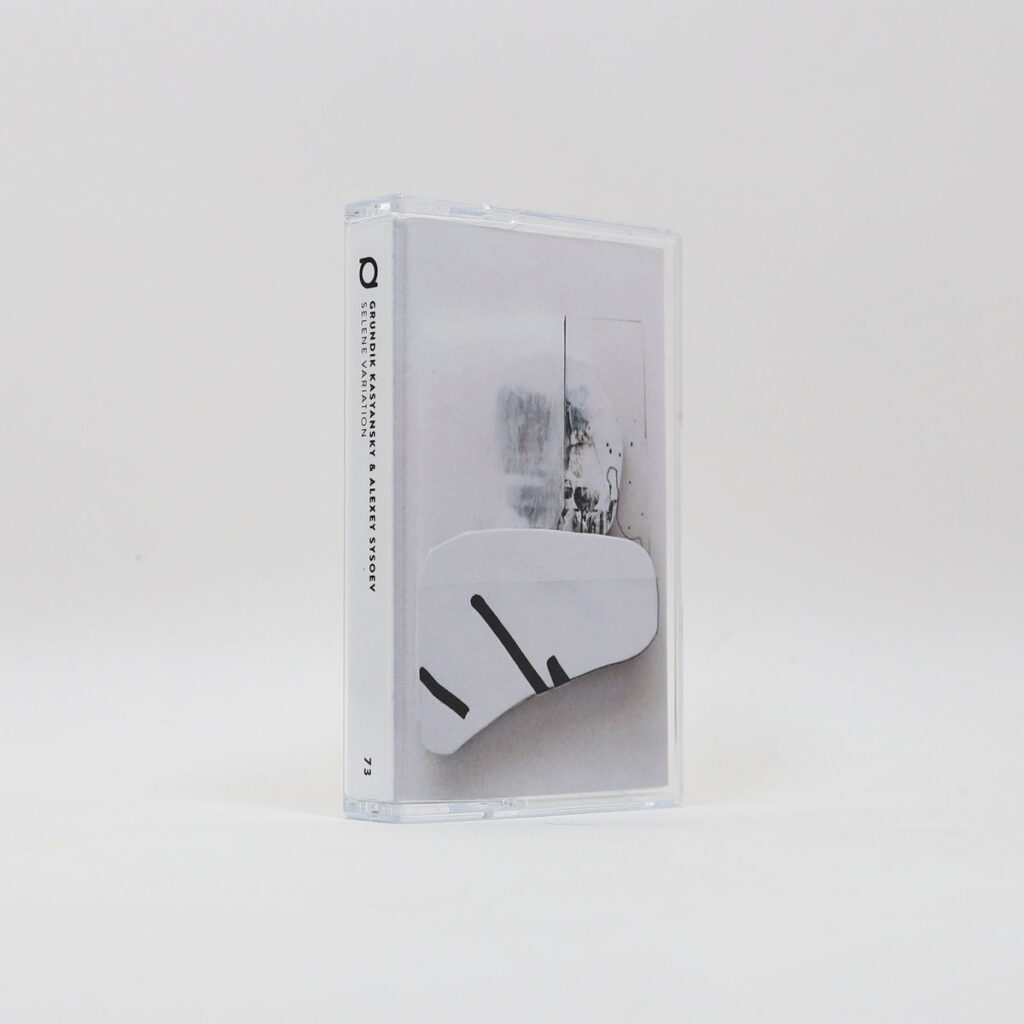Euphoria Echoes of Inotai – self-titled
5.23.22 by Matty McPherson

We don’t hear from Baba Vanga (or Warm Winters Ltd) that often out in the Eastern sphere of the European landmass. It’s likely not because they can’t afford to talk, but because they only talk when of utmost importance–when at least in Baba Vanga’s case, things “catch their fancy.” Or maybe they actually do talk a whole lot and me, being a dipshit westerner, just completely ignores their message bottles (ie “cassettes”) until months later.
And what a message bottle they returned with back in November 2021. The self-titled release from Euphoria Echoes of Inotai comes with a surreal yet lucid piece of Bandcamp prose attached on its page. Of all the lines, “Path of no distinction for wind blowing mind, don’t call it music if that word offends you.” is the one that strikes the hardest. Because Euphoria Echoes of Inotai (aka…Meat Loefah?) is really out here on this tape performing an urban wind dance of its own volition.
The tape is entrenched in a weird balance of vague industrial noise. There’s haptic quips invoking minimal bouts of street spirit; classic radiator hums of destinations unknown and unbuilt; low-end near blowouts, evoking that of a sudden floodgate rush. All together deserve of its own subsection of semiotics. Tracks truly function in their own asynchronous shuffle patterns or psychedelic city backends. Transient and stilted, stuttering into each other or off of one micro-experiment pipe to another; once an idea has coalesced or achieved all it can, it sorta just bows out, the tape continuing down another spark of an idea.
It’s a testament that it does make for a gripping kind of listen. The artist title implies Euphoria and while it is not so much found, it is slowly gained by considering the patterns and lucid, almost prophetic, soundscapes that you are lulled into almost understanding. This is all to say that what I deeply love about this tape is the uncanny “radiophonic but also just totally untethered by it all” sound of this batch of a dozen electronic tracks. The rough n’ tumble of side A is a world of its own and approaches a moment of almost-dance with the track “Pump Up the Valium (Poetic Logic Mix)”. It’s a rare moment where enough elements coalesce into a real vibe caught between an arcade room quarter bandit splurge session and ambient synth chill out; so much for the valium.
Side B is more graciously grounded in the knob twiddlies–well, at least in the case of opener Damion Engine. By the followup, Absence Spells, we’re back in rousian haptics and vocal affects, itself brilliantly segueing into the “Ritual of Rhiannon.” In the context of the tape, its unvarnished vocal and “creaky yet cavernous” production create a spell that practically transports you to a village from an era long before. Scooby Doo People reengages with the twiddlng and introduced a “radio teleplay gone awry” filling the air. That side B is also edited into a seamless whole plays to the advantage. Fade outs are rarely utilized, with a clear preference towards the crossfade that makes bouncing and connecting ideas of this caliber salient. Closing once agaIn with “Pump Up the Valium”–this time the (Poise Mix), we’re treated to a complete 180 from where we were before. Harmonious strings promise an out, while gelatinous noise blobs conjure a loop back to the start. It’s no surprise I’ve been clearly been taking to those noise blobs.
Limited Edition Duplicated by Headless Duplicated Tapes in Prague, Czech Republic available at the Baba Vanga Bandcamp





